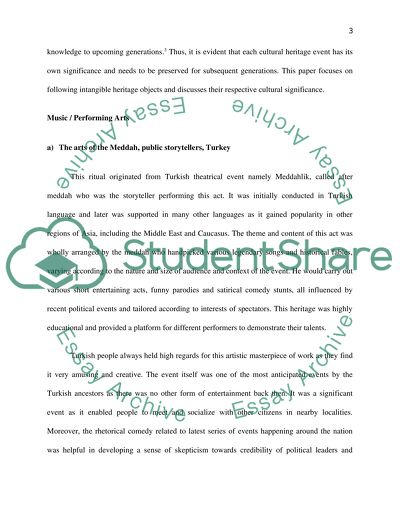Cite this document
(“Intangible Heritage. Why is the idea of 'intangible heritage' so Essay”, n.d.)
Intangible Heritage. Why is the idea of 'intangible heritage' so Essay. Retrieved from https://studentshare.org/history/1484042-why-is-the-idea-of-intangible-heritage-so
Intangible Heritage. Why is the idea of 'intangible heritage' so Essay. Retrieved from https://studentshare.org/history/1484042-why-is-the-idea-of-intangible-heritage-so
(Intangible Heritage. Why Is the Idea of 'intangible heritage' So Essay)
Intangible Heritage. Why Is the Idea of 'intangible heritage' So Essay. https://studentshare.org/history/1484042-why-is-the-idea-of-intangible-heritage-so.
Intangible Heritage. Why Is the Idea of 'intangible heritage' So Essay. https://studentshare.org/history/1484042-why-is-the-idea-of-intangible-heritage-so.
“Intangible Heritage. Why Is the Idea of 'intangible heritage' So Essay”, n.d. https://studentshare.org/history/1484042-why-is-the-idea-of-intangible-heritage-so.


